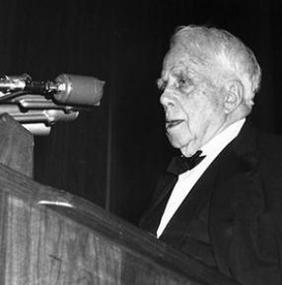Read the iconic poem by Robert Frost alongside a video animated by TED-Ed, and discover additional reading materials, related poems, and educator resources to help you engage more deeply with the poem or teach it in the classroom.
The natural world has been one of the recurring subjects of poetry, frequently the primary one, in every age and every country. Yet we cannot easily define nature, which, as Gary Snyder points out in his preface to No Nature (1992), “will not fulfill our conceptions or assumptions” and “will dodge our expectations and theoretical models.” Yet the urge to describe the natural world — its various landscapes, its changing seasons, its surrounding phenomena — has been an inescapable part of the history of poetry. Wendell Berry provides a simple useful definition of nature poetry as poetry that “considers nature as subject matter and inspiration.”
Our concepts of nature are relative, historically determined. The nature poem is affected by ideology, by literary conventions as well as social and cultural ideas. Raymond Williams contends, “Nature is perhaps the most complex word in the language.” The term nature is itself contested now because it seems to assume an oversimplified relationship between the human and the environment. “Nature” has been the site of so many different naïve symbolisms, such as purity, escape, and savagery. That’s why poets and critics often refer to green poetry or environmental poetry, which presupposes a complicated interconnection between nature and humankind.
Read the rest of this essay by Edward Hirsch on nature and poetry.

